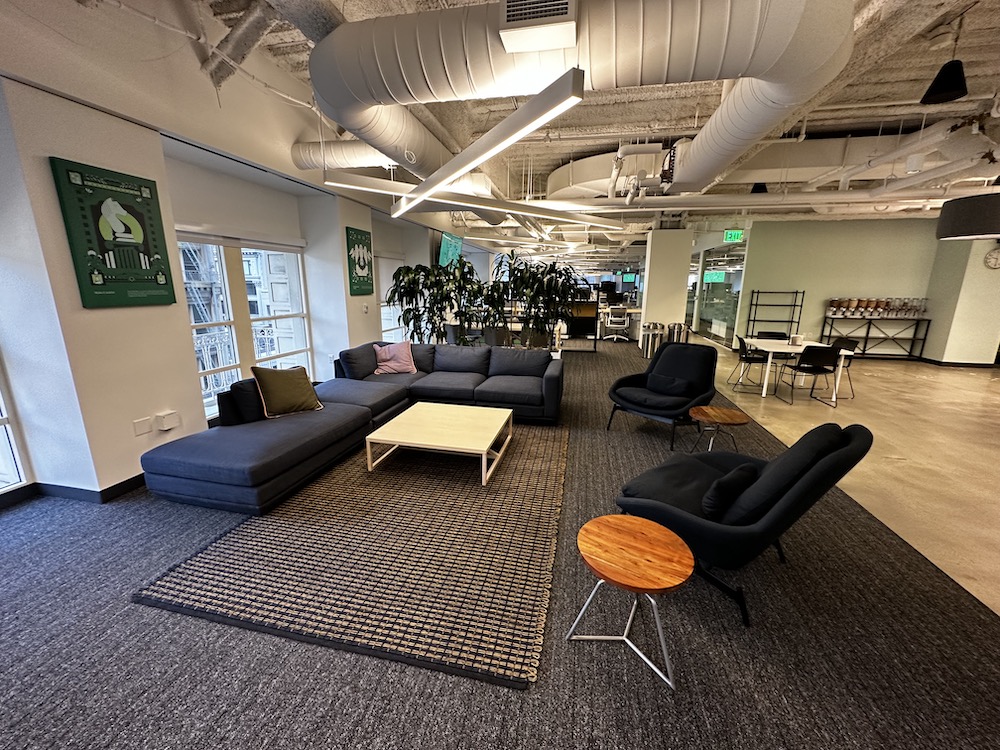
As the Workplace Continues to Evolve, it’s Time to Find Common Ground

Robin Weckesser of a3 Workplace Strategies shares why designers must redefine the purpose of the office to encourage employees to return.
The pandemic may be over, but the debate about return to the office (RTO) rages on. On one side, many employers have become more brazen in “mandating” a return. On the other side, while more employees are trickling back, most are intent on working from home.
It’s clear that the workplace has changed forever, but it’s unclear who has more leverage in this power struggle as the workplace continues to evolve. Most analysts agree that business as usual no longer works—and neither do extreme measures to find a fix. Rather, now is the time to find a common ground by embracing hybrid environments with customized solutions. In fact, this approach makes perfect sense from a strategic as well as a pragmatic standpoint: One-third of Fortune 500 companies have shed significant office space since the pandemic, and the savings that result from a reduced footprint present opportunities to invest in much-needed office modifications.
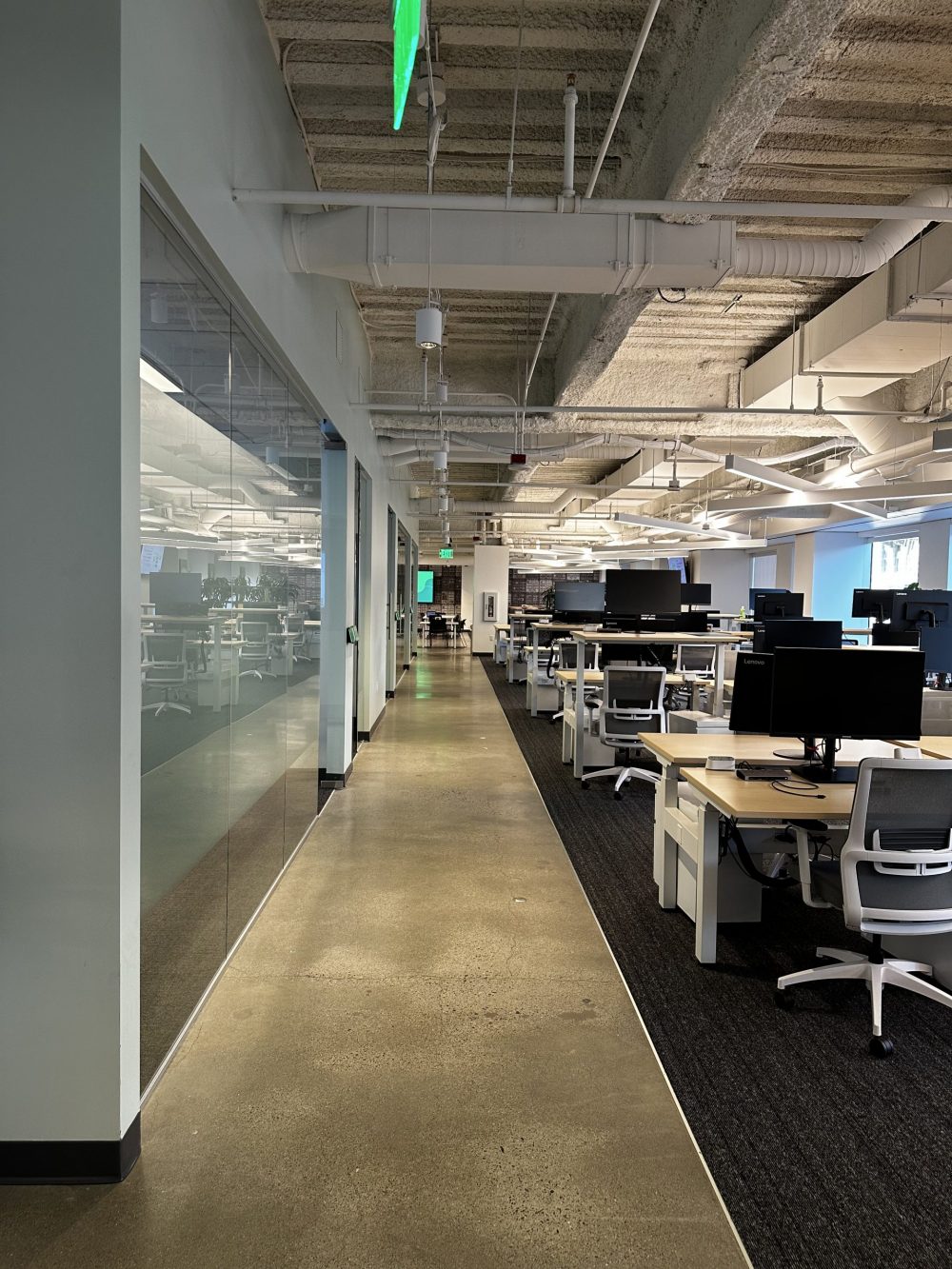
Mongo DB San Francisco
Increasingly, it is not just a matter of when workers will return but why they should return. It’s about redefining the purpose of the office. In this light, we should be talking about motivation, not mandates; personalization, not standardization; and flexibility, not predictability. As we plan ahead, there may be no generic answers, but there are certainly prudent ways to redesign a more welcoming office. We will look at new directions that are working for many organizations—but let’s first take the pulse of today’s real estate landscape.
Real-Time Trends
As always, companies are advised to practice due diligence in weighing risks and rewards. Being mindful of market trends and current data can be helpful:
- Better get back? Although the nine-to-five/five days a week model is broken, 61% of U.S. businesses have an in-office requirement. Some, like Amazon, have been heavy-handed with new policies, while many others, like Zoom, Meta, TikTok, Disney, Comcast, AT&T, and JP Morgan, are also pushing hard for a return. However, details about RTO enforcement are sketchy, and few if any employees are being fired if they don’t comply. Perhaps Salesforce CEO Marc Benioff is speaking for some of his peers by saying, “I don’t work well in an office.”
- Better get real? The times are a-changing: 77% of Fortune 100 companies offer hybrid work arrangements. 2.5 to 3 days a week in the office is the current norm. The four-day workweek is gaining traction.
- Point of no return? Office usage rose to 50.3% after Labor Day, but that may prove to be a high-water mark for occupancy. Houston is the most-occupied office market in the country at 61.6%, while San Jose showed an uptick of 4.1% but is still at the bottom for office occupancy.
- Is the Great Resignation over? Since April 2022, the number of U.S. employees who quit their jobs has declined by 25.7%, while job postings have dropped 34%. At the same time, the labor market remains very tight, with unemployment at near-record levels. Accordingly, the need to recruit and retain top talent remains high, and this has serious implications for workplace transformation.
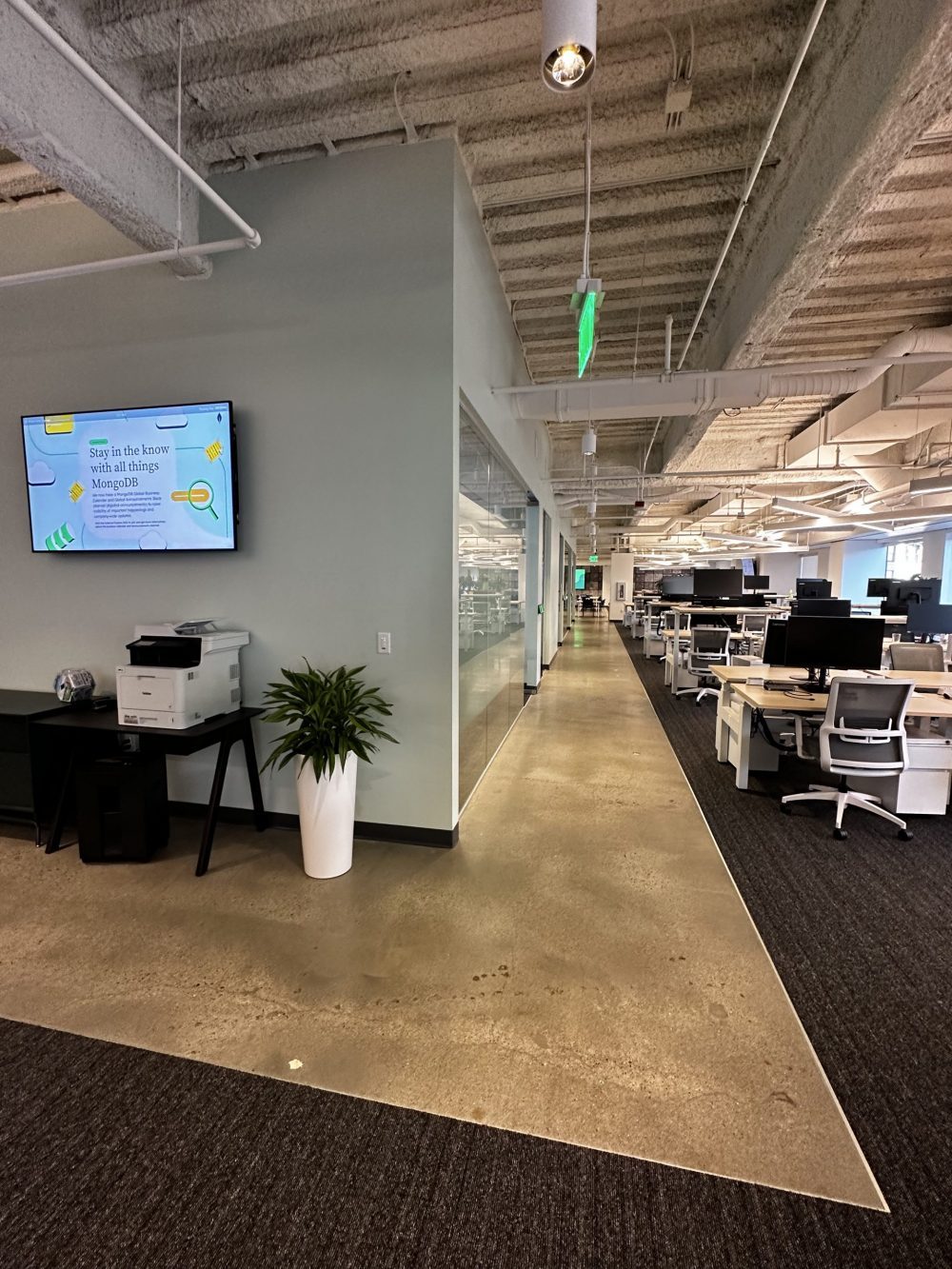
Mongo DB San Francisco
Welcome Mat
There’s no question that office design and physical space affect workers’ moods and productivity. And there’s also no doubt that companies promoting wellness will enhance their competitive edge. In this context, rows of faceless cubicles and assigned seating are out; neighborhood pods and coffee bars are in.
When planning your workstation strategy, consider this:
- Standardized desks lack personality and impede productivity.
- Personalized workstations that feature photos and plants tend to make employees more comfortable.
- The best workstations are those that have social touches and reflect the individual choices of employees, not the arbitrary decisions of management.
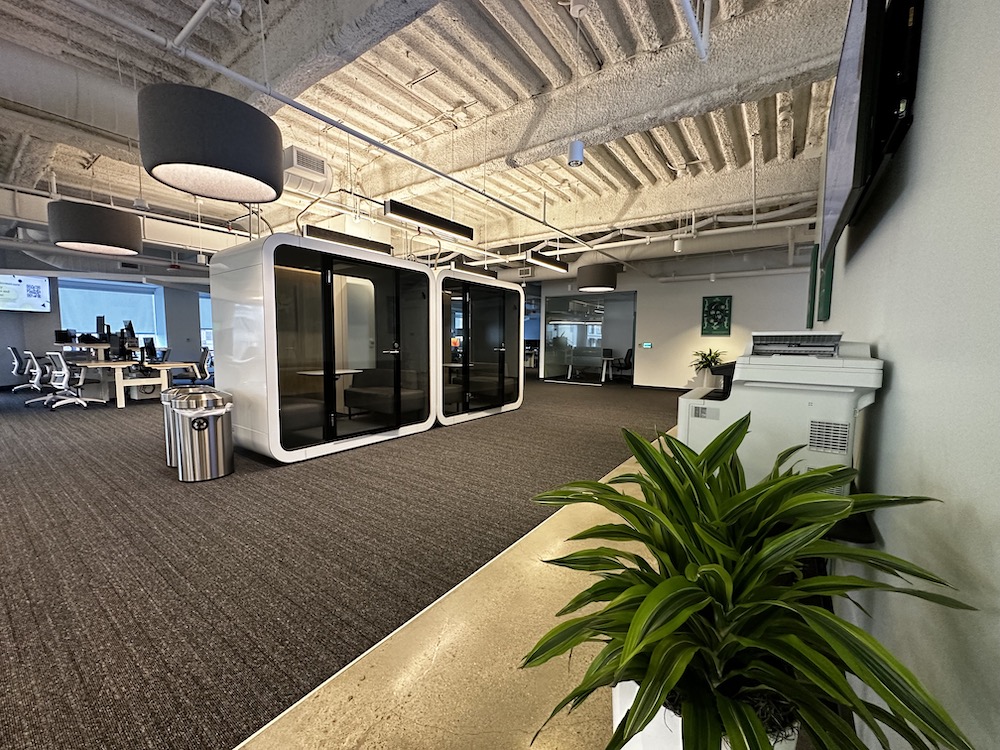
Mongo DB San Francisco
Moving forward, progressive workplaces will provide open areas for collaboration as well as private spaces for heads-down work. Every workplace is different—and one size doesn’t fit all.
In general, the trend is to blur the line between home & office and work & play, with natural lighting, couches, reclining chairs, and treadmills, for example. This is especially important in easing the RTO transition of workers who became so acclimated to the creature comforts of home.
Other amenities that will help lure remote staff and attract new talent include the following: lounges for socializing, movable furniture, ubiquitous screens and videoconferencing, updated AV systems, outdoor fire pits, yoga rooms, sound-proof phone booths, dog-friendly accommodations, even golf simulators.
A Question of Balance
In retrospect, the “office of the future” began taking form even prior to the pandemic. But COVID-19 accelerated the process, and the transformation continues, with uncertainty about the balance between virtual and in-person.
What’s certain is that extreme approaches—like “come back or else,” or “I’ll never set foot there again”—are not advisable. To be sure, workers will need to return to their corporate base at some point and to some extent, and the office environment should be as welcoming as possible.
So, it’s critical that open minds prevail and a common ground results. Key to this equation is giving employees a reason to return. After all, people are your greatest asset—and it’s important to put them at the center of the design process and also give them choices.
It starts with listening to your staff, eliciting their feedback, and understanding how the work function should inform construction and design plans.
In addition, with the risk/reward stakes so high, it may be wise to listen to the counsel of specialized workplace experts.
What’s really at stake in the new normal is corporate survival. Of course, your goal is not only to survive but to thrive. Getting there will require reassessment and reconfiguration…with the realization of a reimagined workplace that really works.



Sorry, the comment form is closed at this time.